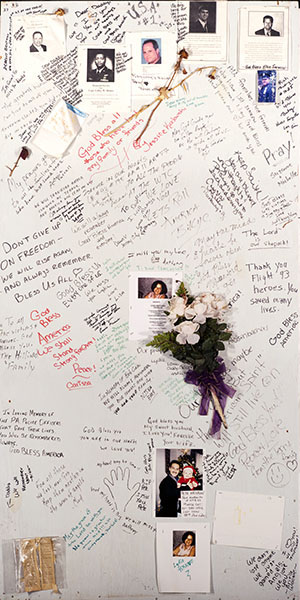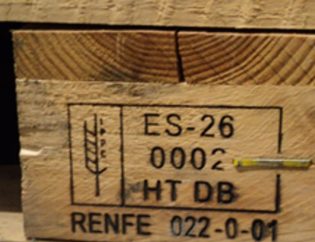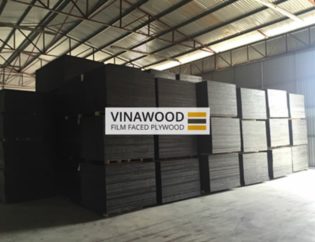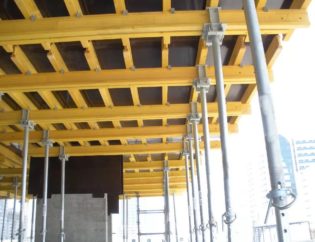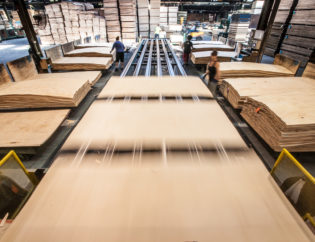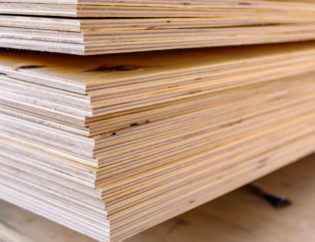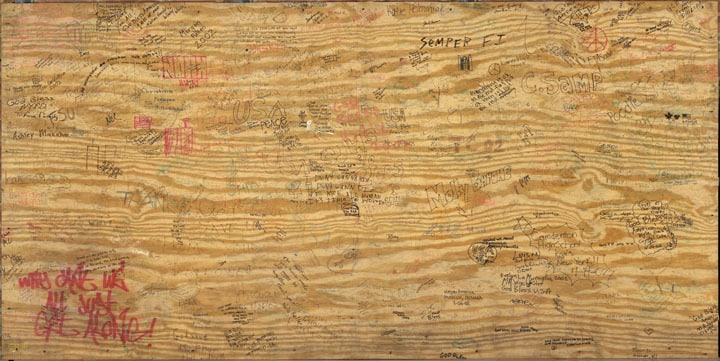
World Trade Center Panels
Joncrispinposts – In 2008, I was asked by the New York State Museum to photograph the panels that lined the Fulton Street viewing area overlooking Ground Zero. The 4′ x 8′ sheets of plywood were assembled and meant to act as a way to help keep people in line as they waited to view the site of the World Trade Center after the attacks of 11 September, 2001. Almost immediately people waiting on line started writing on the wood and attaching photos and other momentos in memory and support of the people who died that day. The panels were never meant to be permanent, but they became such an important document of the attacks that Craig Williams worked tirelessly to insure some record of their existence be created. The entire collection of panels was shipped to the museum’s Rotterdam, NY storage facility where we photographed each one. Since the writing was so small, and I was worried about the camera’s ability to resolve the all detail, I decided to shoot each panel in 3 sections and then stitch the images together to make one large file.
This is one of the hundreds of panels we worked on. Connie Houde has been assembling the images and the hope is that researchers will be able to access the complete archive in the near future. (Due to image size limitations of this blog it is nearly impossible to read the smaller writing, but in the original files everything is readable.) Connie made small prints of the entire layout and one day when I was visiting the museum, she laid them out on the floor of the hallway, all taped together. Amazing
At the time we were working on the Fulton Street panels, Craig mentioned that New Jersey had set up a similar viewing area on Liberty Island and that there might be a chance we could document those panels. It took a few years to organize, but this past year they were shipped to Hangar 17 at JFK Airport and we set to work again.
The plywood here had been painted white, which makes reading the text much easier. / So much credit should be given to Craig and his staff for finding the resources to do this work. Due to the instability of plywood and ballpoint pens and markers, fading has already begun; especially on the Fulton Street panels. In a few years, much of what has been written will become unreadable. It is now preserved and will be a great document to the events surrounding the attacks on the Trade Center.
I mentioned Hanger 17 earlier, and I have been fortunate enough to be able to spend quite a bit of time photographing the facility. It is where much of the steel from the buildings has been stored as well as many of the vehicles that were destroyed when the towers collapsed. I had planned to do a rather long post with photos of these artifacts, but when I was editing the pictures today, it just didn’t feel right. It is hard to describe the emotional impact just being around items that represent such a sad and emotional event. There is a certain reverence that one feels when surrounded by so much intensity, and it felt kind of bad to be exploiting it. Maybe someday I’ll do something with them. I made a couple of 360 degree panoramas of the interior of the hangar, and it might be nice to post them here so that people can see what it looked like before most of the steel was distributed around the country. / I’d encourage you all on this 10th anniversary of the attack to think about the people who died, along with their friends and families.
Vietnam Plywood
Vietnam Film Faced Plywood

